[Updated February 17] The European Union’s (EU’s) €200 billion ($214 billion) InvestAI Initiative gains momentum across sections including robotics, biotech, mobility and manufacturing. With a focus on innovation and workforce development, could this funding also accelerate the integration of AI-driven robotics and smart manufacturing solutions across Europe’s automotive supply chains?
The recent AI Action Summit in Paris convened global policymakers and technology leaders to deliberate on the future of artificial intelligence (AI). A focal point was the EU’s InvestAI Initiative, which aims to mobilise €200 billion for AI projects across sectors including robotics, biotech, mobility and manufacturing. While the initiative’s direct impact on the automotive sector remains to be fully defined, its emphasis on industrial AI suggests a significant role in the evolution of IT-driven gigafactories.
Henna Virkkunen, executive vice-president for tech sovereignty, security and democracy, underscored the initiative’s importance: “Today is a historical day – we have set the foundation for our future AI gigafactories.”
AI’s growing role in automotive
Automotive manufacturers have long embraced AI to enhance efficiency and precision. BMW, for example, has integrated AI-driven systems into its San Luis Potosí plant in Mexico, leveraging smart production technologies to streamline operations and improve quality control. Audi, too, has turned to AI to refine its quality assurance processes. The company has deployed AI-based image processing to detect defects with greater precision than the human eye.
At the AI Action Summit, Renault Group presented its AI-powered Supply Chain Control Tower, a system chosen by the French Presidency as a key AI use case for automotive. The system uses AI modules that process real-time traceability data from logistics providers, allowing it to track the location of trucks moving between suppliers and factories. It also offers visualisations of timely predictions and provides just-in-time recommendations to address disruptions, such as weather or traffic delays.
As AI systems advance, their role in automation and operational efficiency is expected to expand further. The InvestAI Initiative could accelerate these advancements by making AI adoption more financially viable and fostering knowledge-sharing across industries. Virkkunen highlighted this potential: “By putting together our resources, we will enable AI entrepreneurs to innovate and scale up in the most demanding fields of AI. We will be ready to lead the way on AI with state-of-the-art infrastructure.”
The European Commission also emphasised the initiative’s broader impact, noting that alongside InvestAI funding, its AI innovation package aims to “further encourage public and private investments in AI start-ups and scale-ups, including through venture capital or equity support.”
However, manufacturing is only one part of the supply chain. Stellantis, for example, has been scaling AI solutions across its logistics operations to cut costs and increase efficiency, while BMW has introduced AI-controlled logistics processes at its Steyr engine plant in Austria. These systems use predictive analytics to anticipate disruptions and optimise supply chains in real-time.
Beyond logistics, AI-driven robotics are redefining vehicle assembly. Hyundai’s partnership with Nvidia exemplifies this shift, as the company explores AI-powered industrial robotics and virtual simulations to enhance production precision. With InvestAI’s emphasis on robotics, European automakers may find themselves with greater access to the funding and technological expertise needed to scale such innovations.
Could InvestAI’s emphasis on mobility and automation pave the way for further advancements in AI-powered logistics? For automotive executives, this presents a prime opportunity to rethink supply chain strategies – reducing bottlenecks, improving inventory management and enhancing just-in-time manufacturing models.
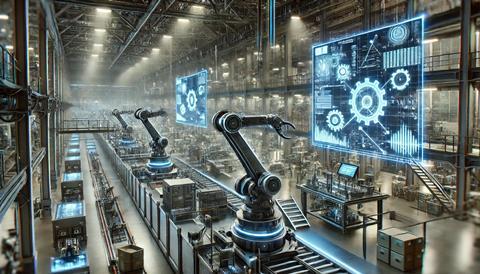
AI in data strategy and decision making
One of the most compelling applications of AI in the automotive sector is its ability to sift, structure and analyse vast amounts of data to drive better decision-making. AI-powered platforms can enhance predictive data capabilities, allowing manufacturers to anticipate disruptions – whether due to weather, tariffs, or supply chain bottlenecks – and plan accordingly.
SEAT has been actively developing a data strategy that integrates AI into its logistics and production planning. “Before [leveraging data], every business area was working in silos. In just ten months, we were able to deploy a uniform data lake, ensuring company-wide data accessibility,” explained Jorge Miguel Corral Díaz, senior IT specialist for AI, data and hyperautomation at SEAT at the 2024 Automotive Logistics and Supply Chain Digital Strategies Europe conference. This transformation allows SEAT to leverage AI to detect patterns and optimise operations in ways that were previously impossible.
A crucial challenge in AI implementation remains data harmonisation. SEAT’s federated working model bridges the gap between IT and business teams, fostering a more agile and responsive data strategy. “We developed digital acceleration teams to coordinate how AI is used and how data is catalogued, shared and used to uncover valuable insights,” added Alexandra Lerma, manager of logistics, customer driven supply chain at SEAT. These efforts are making AI-driven decision-making a reality, with immediate impacts on operational efficiency.
Challenges and workforce transformation
Despite its promise, AI adoption comes with challenges. Legacy systems, data integration and cybersecurity remain significant concerns. Additionally, the workforce must be equipped with the necessary skills to navigate AI-driven environments effectively. BMW’s Digital Boost programme, which has trained 80,000 employees in digitalisation, AI and cloud computing, serves as a model for how automotive manufacturers can prepare for this transformation.
The European Commission has also shared they are prioritising workforce development, noting that “Accompanying initiatives to strengthen the EU’s generative AI talent pool through education, training, skilling and reskilling activities” will be essential in fostering AI innovation.
Global collaboration and competitive pressures
The AI Action Summit has underscored the global race in AI development and its technological competitiveness. Ursula von der Leyen, president of the European Commission, said: “AI will improve our healthcare, spur our research and innovation and boost our competitiveness.”
However, balancing innovation with regulation remains a recurring theme. OpenAI CEO Sam Altman cautioned against overly restrictive policies, stressing the importance of “allowing innovators to innovate, builders to build and developers to develop.” This perspective resonates with some of the ongoing challenges automotive leaders are dealing with when it comes to AI, as regulatory frameworks will ultimately shape the speed and scope of AI adoption.
The InvestAI Initiative certainly signals Europe’s commitment to fostering a robust AI ecosystem, offering financial incentives and cross-industry collaboration to drive innovation. However, as AI continues to reshape automotive manufacturing and logistics, strategic investments and regulatory clarity will be crucial in determining the industry’s trajectory. As SEAT’s leaders emphasise, true digital transformation depends not just on AI adoption but on ensuring that data is harmonised, structured and accessible across all facets of the business.
For a deeper look into Renault Group’s digitalisation journey, Jean-Marc Carlicchi, vice-president of supply chain engineering at Renault Group, will be speaking more about the company’s AI-control Tower at the upcoming Automotive Logistics and Supply Chain Europe 2025 event in Bonn. His session will explore the development and impact of Renault’s AI-powered Control Tower, providing valuable perspectives on integrating AI into supply chain operations.
In the meantime, to learn more about Renault’s advancements in AI and supply chain management, you can watch the Automotive Logistics Red Sofa interview with Carlicchi.
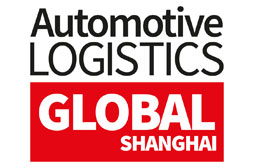
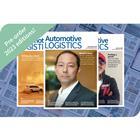




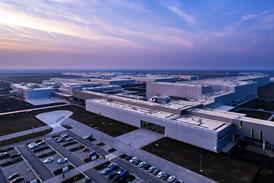
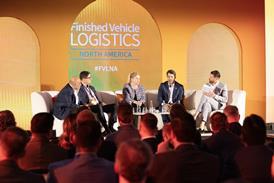




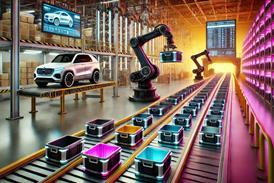
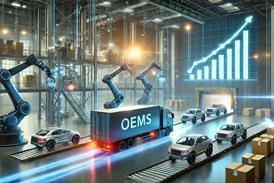
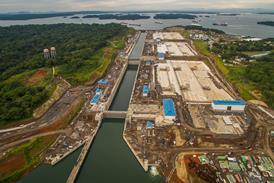








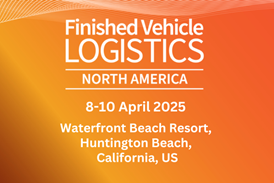
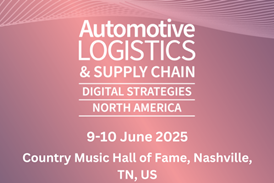
![Global[1]](https://d3n5uof8vony13.cloudfront.net/Pictures/web/a/d/s/global1_726550.svgz)
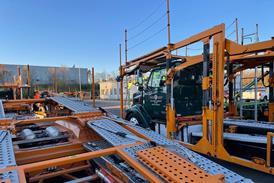
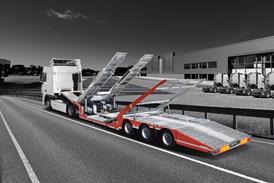
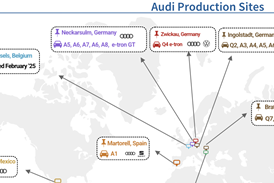


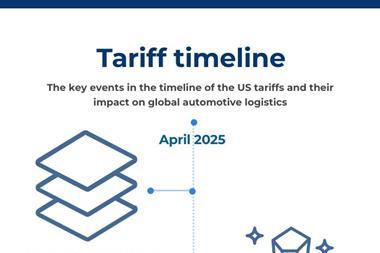

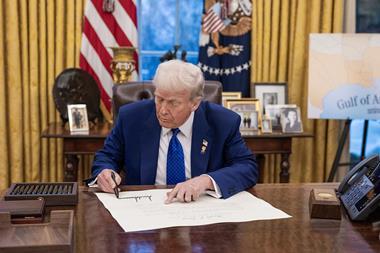





No comments yet